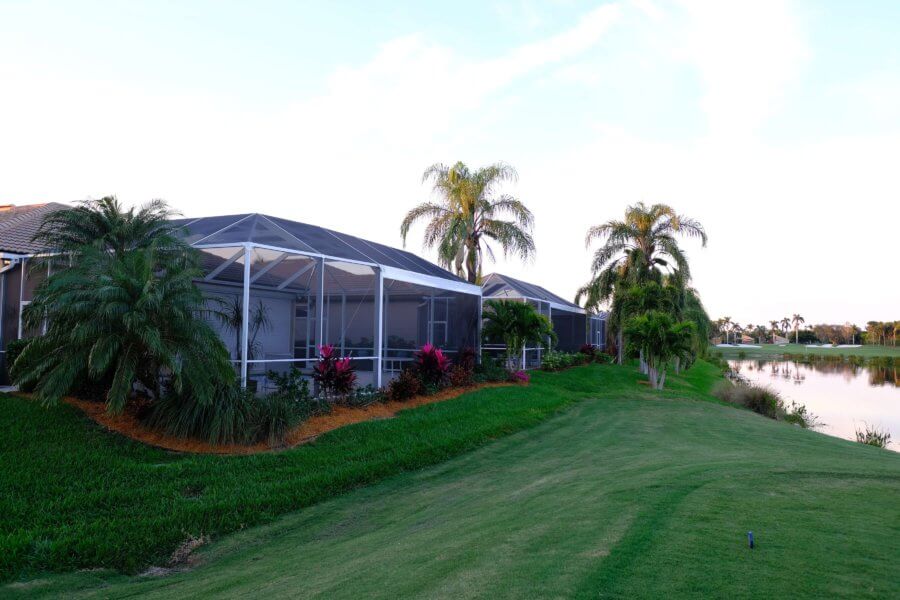
Caring for Your Florida Lawn in Winter
Here in Florida, we are lucky that our winters are not as harsh as in some other parts of the country. While it is true that we don’t have to contend with snow and below-freezing temperatures, there are still some changes that will impact your lawn care. Even here in the sunshine state, the temperature drops and the days get shorter. This gives your lawn less warmth and sunlight throughout the season. To help your grass get back to its lush, green glory in the spring, you’ll need to properly care for it during the winter months. Here are some tips on how to care for your lawn during these mild winter months in Florida.
Resist the Urge to Fertilize
As the weather cools and your lawn begins to go into its dormant state for the winter, it can be tempting to want to fertilize it to restore some of its fullness. However, this may actually do more harm than good. Yes, fertilizing your yard will cause it to grow more, but that isn’t actually what you want during the winter. Fresh growth has not yet built up the hardiness to withstand cooler weather, so encouraging young grass to sprout is ultimately harder on your lawn than simply leaving it unfertilized.
The best time to fertilize your lawn is during the fall, typically September or October, depending on where you live in Florida. This way, the grass will have time to establish itself before the temperature fully drops in the heart of the coldest season. You can also fertilize in the spring to help your grass come back with vigor if you missed your chance this fall.
Take Care of Any Lawn Pests
Because your grass grows much more slowly in the winter, it is more difficult for your lawn to fend off common pests. This could leave you with an even bigger problem to deal with in the spring, so take the time at the beginning of the winter to address any potential problems before they get out of hand. Different sod types attract different kinds of lawn pests, so check for the common culprits in your particular grass species so you know what to expect.
Treat your lawn to get rid of any pest activity before the weather cools so that it is best equipped to withstand the colder temperatures. Sod will have a hard enough time staying healthy and strong in the cold without the added stress of fending off pests at the same time.
Overseed or Color Your Lawn
If you are concerned primarily with the aesthetics of your winter lawn, you always have the option of overseeding it with another grass type that grows better in cooler weather. When average temperatures start to dip into the low 70s, mow your lawn, then add seeds over the top to grow new grass among your existing grass. Ryegrass is a popular option for this purpose, as it grows well in winter and will die off quickly in the spring so your old lawn can grow back. This process is more common in the northern parts of the state where temperatures get a bit lower than farther to the south.
You can also color your lawn to create a fuller appearance with minimal work. Turf colorants are often used on athletic fields and in other areas where appearance is important. With a simple spray application of this dye, you’ll have a lawn that looks healthy and green throughout the winter, but without the ongoing watering and mowing requirements of overseeding.
Choose Fresh Sod to Fill in Bare Patches
When the weather starts to warm back up again in the spring, of course you’ll hope that your lawn comes back strong and healthy. If you find yourself with dry or bare patches, though, you can still salvage what is left of your grass. Fresh sod can fill in these gaps and restore a fuller appearance quickly and effectively.
Here at Duda Sod, we provide a wide range of sod types, all of which grow well in Florida’s unique climate. From Bahia to Zoysia, Floratam to St. Augustine, we have the sod for sale you need. Let us help keep your lawn looking its best throughout the year. Contact our team today to get started.